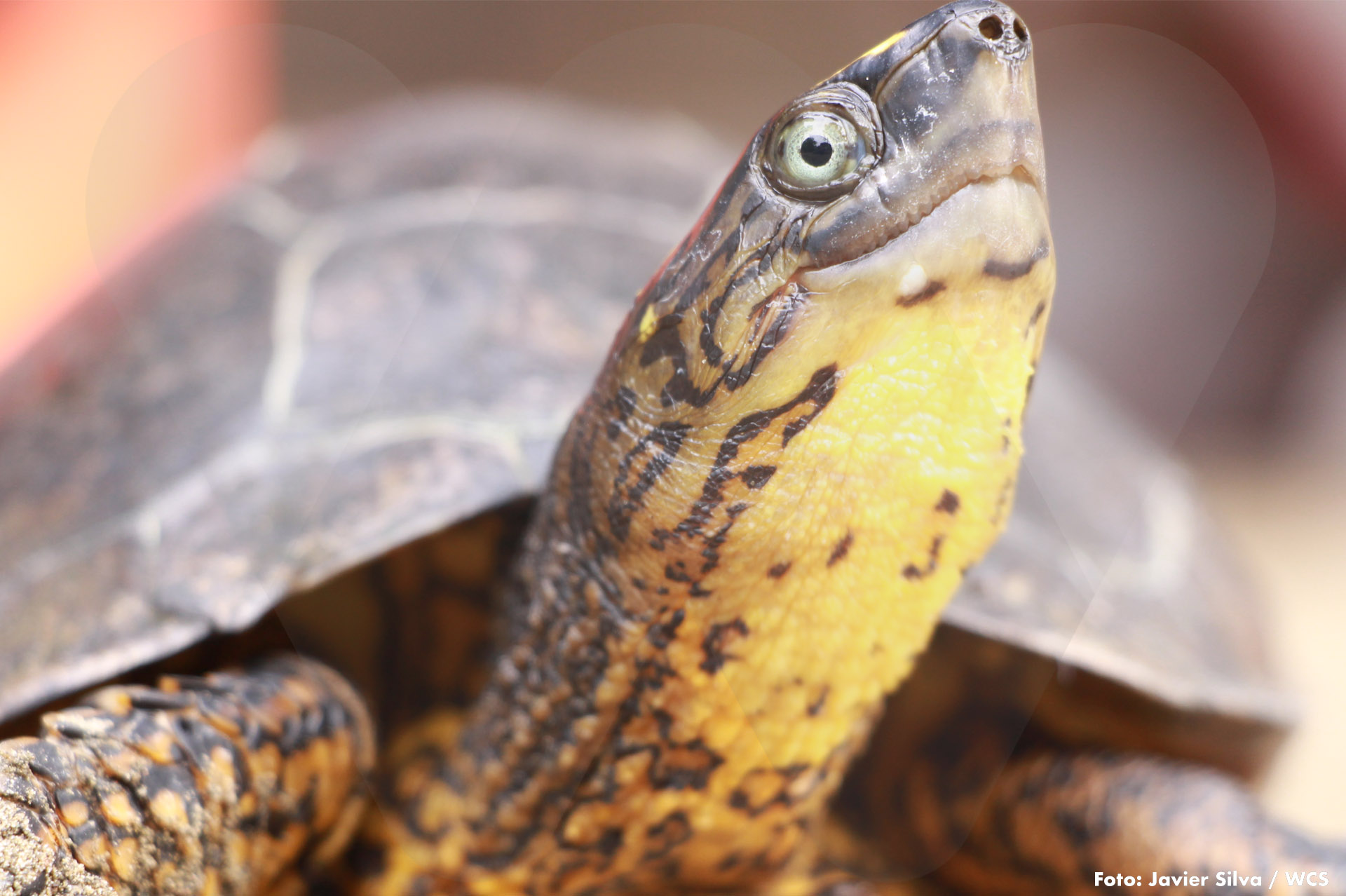 Rhinoclemmys melanosterna, one of the most common turtle species in the area. Its populations have declined due to being hunted for consumption, especially during Holy Week.
Rhinoclemmys melanosterna, one of the most common turtle species in the area. Its populations have declined due to being hunted for consumption, especially during Holy Week.
 Anolis chloris, or South American chameleon. Like snakes and other small reptiles, they play a key role in the food chain of the Chocó rainforests.
Anolis chloris, or South American chameleon. Like snakes and other small reptiles, they play a key role in the food chain of the Chocó rainforests.
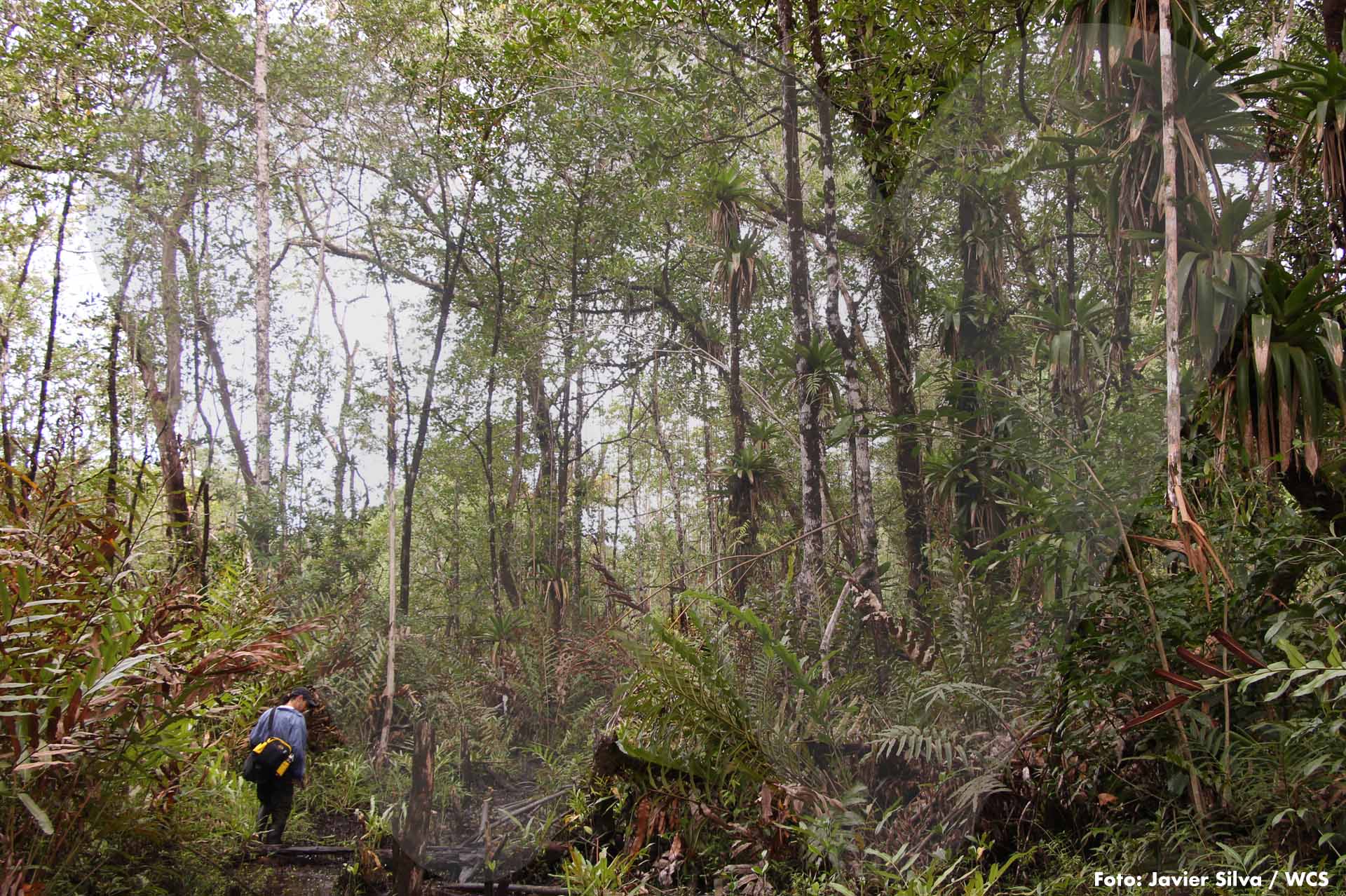 Man often seems insignificant before the power and grandeur of the Chocó rainforest. Despite this, in the DRMI ‘El Encanto de los Manglares del Bajo Baudó’ many areas have been intervened or destroyed.
Man often seems insignificant before the power and grandeur of the Chocó rainforest. Despite this, in the DRMI ‘El Encanto de los Manglares del Bajo Baudó’ many areas have been intervened or destroyed.
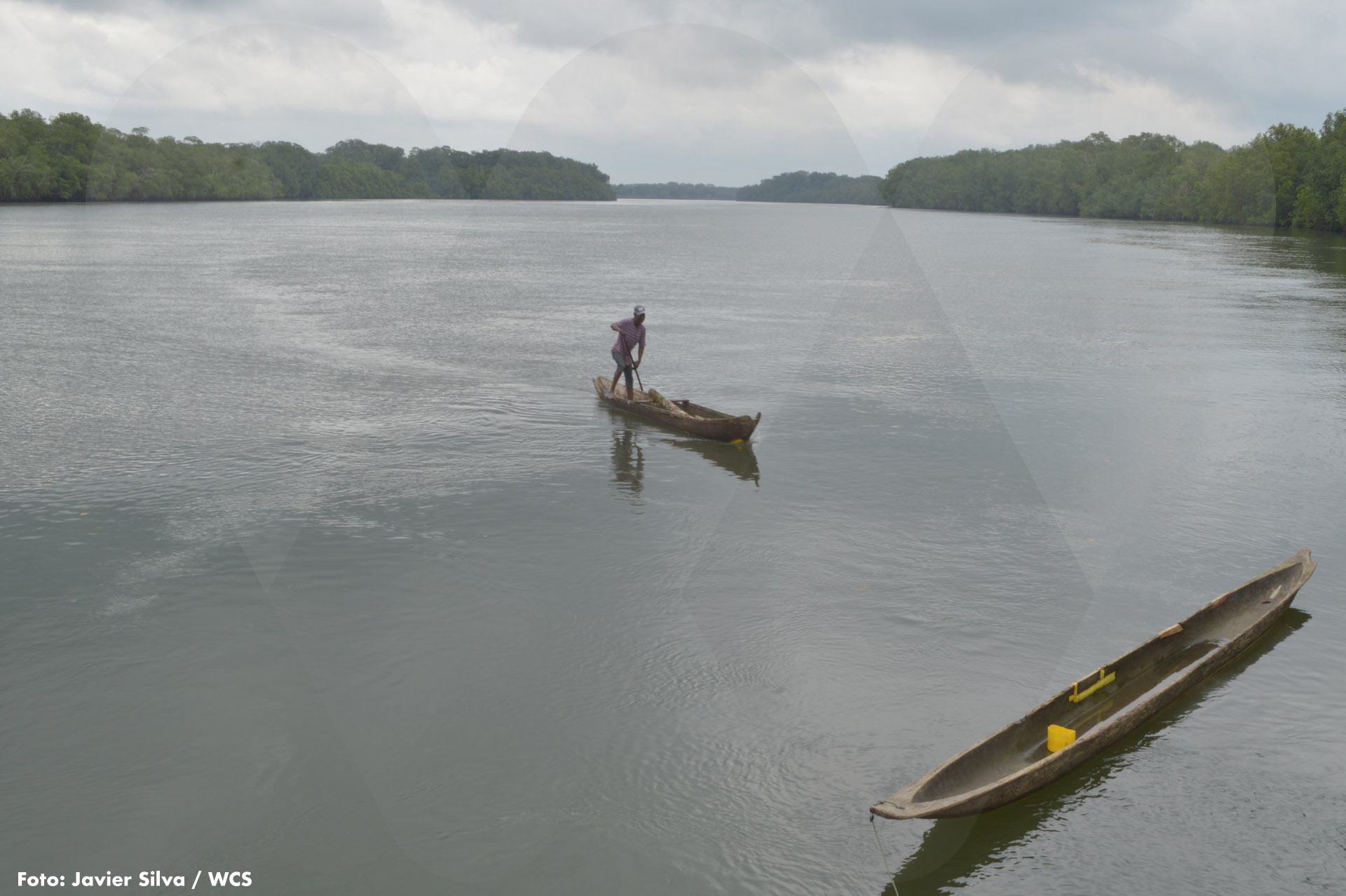 “‘Río de ir y venir’ is the meaning of Baudó in the Noanamá or Chanco language, a local indigenous community. Man and canoe are symbols of the landscape in the region.”
“‘Río de ir y venir’ is the meaning of Baudó in the Noanamá or Chanco language, a local indigenous community. Man and canoe are symbols of the landscape in the region.”
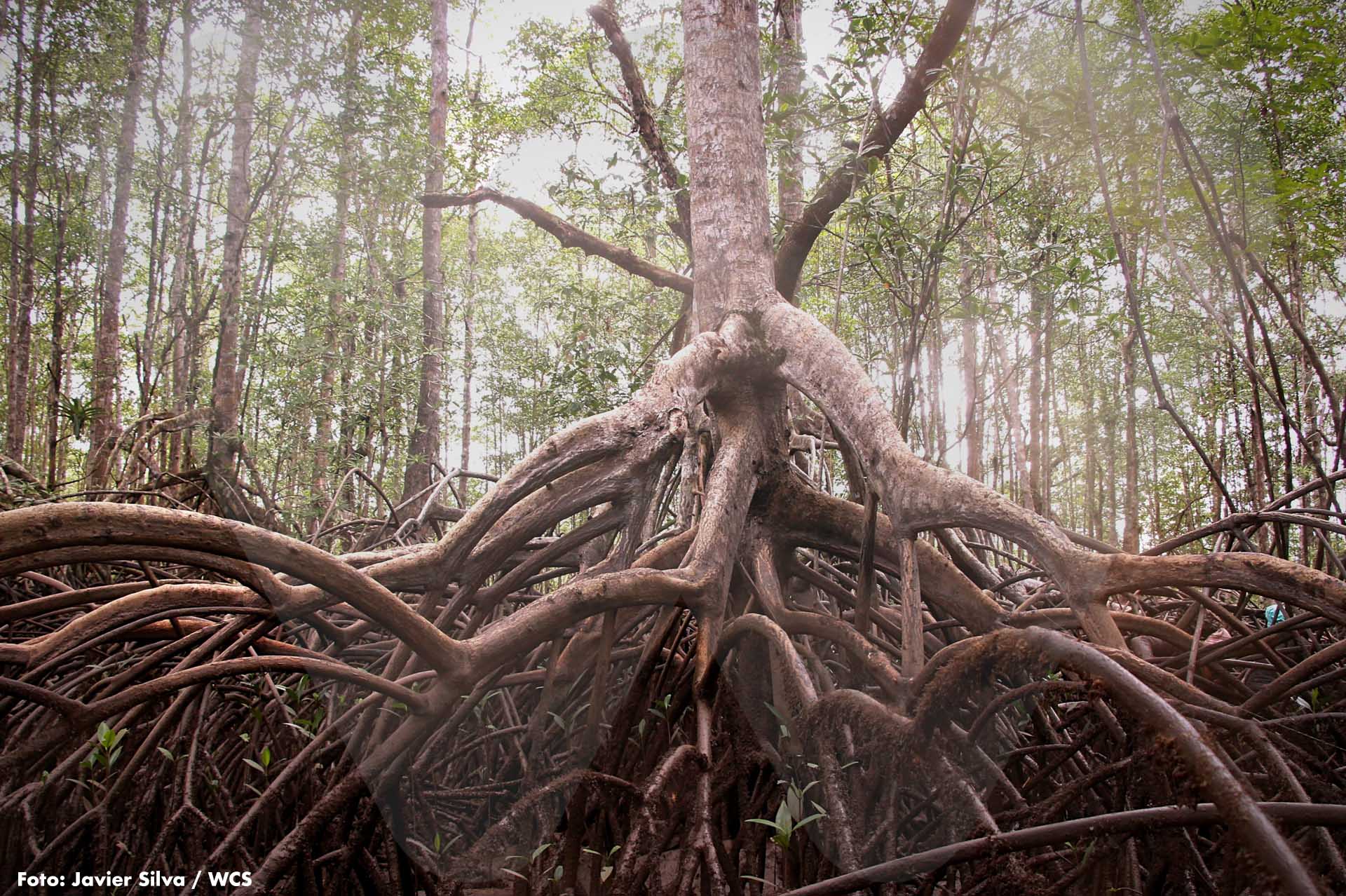 Mangroves give their name to this protected area. Subjected to the river’s humidity and the heat of the sun, they are highly specialized plants, often cut down for the use of their wood.
Mangroves give their name to this protected area. Subjected to the river’s humidity and the heat of the sun, they are highly specialized plants, often cut down for the use of their wood.
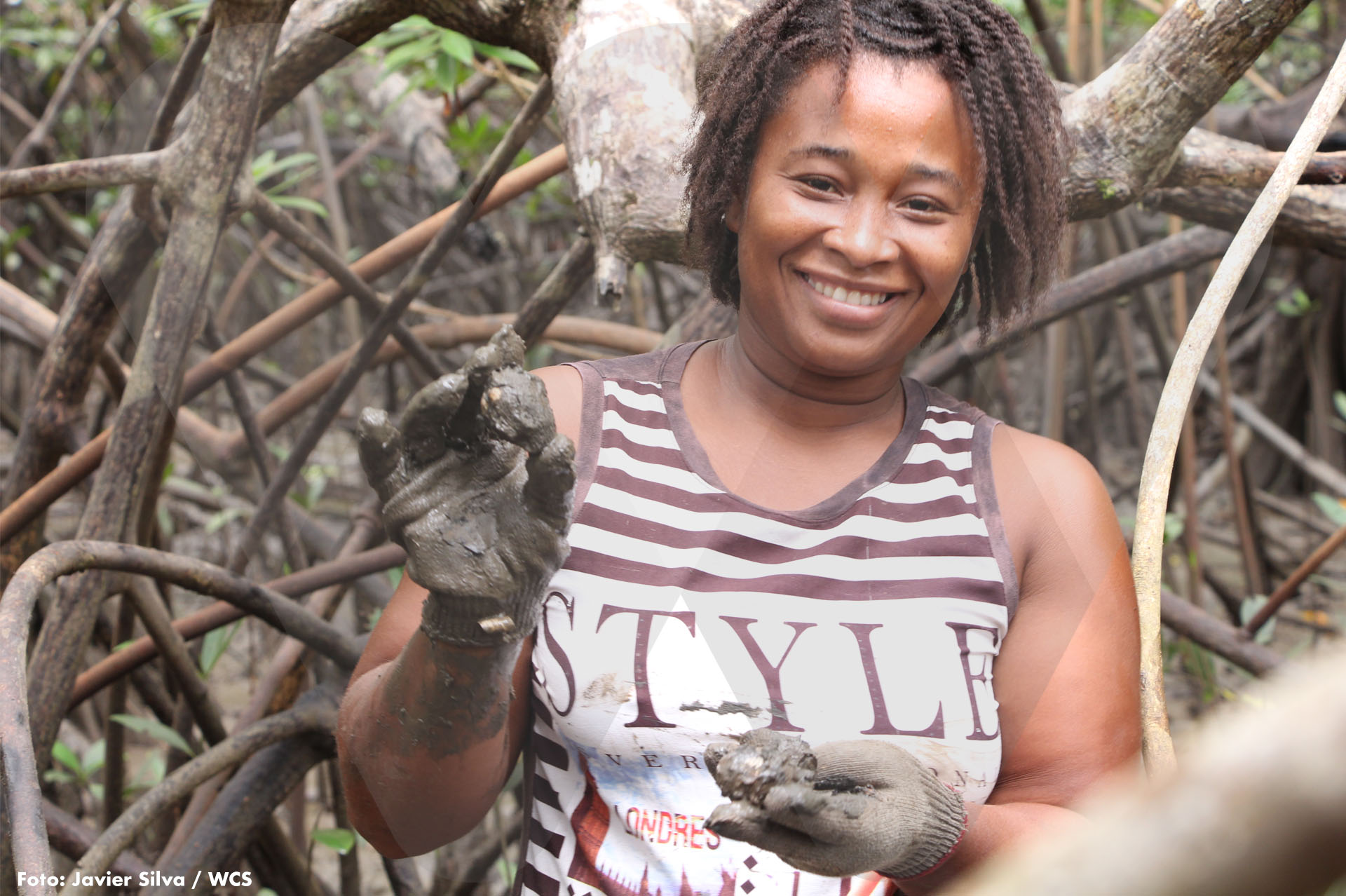 The piangua clam and the piangüera women hold both environmental and social value. This resource’s consumption and harvesting must be controlled, as there are already signs of scarcity.
The piangua clam and the piangüera women hold both environmental and social value. This resource’s consumption and harvesting must be controlled, as there are already signs of scarcity.
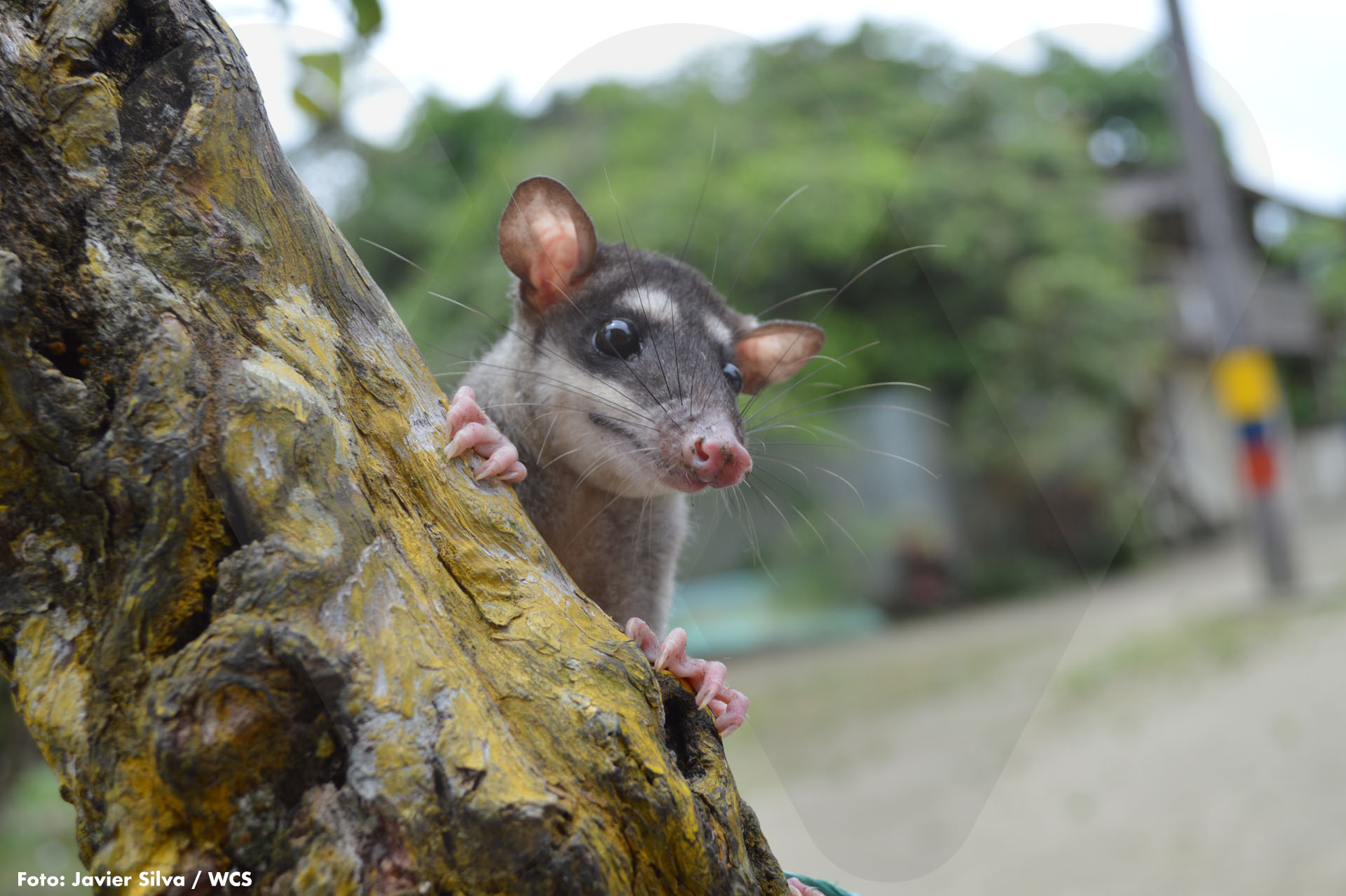 Philander opossum, a marsupial or opossum, is one of the many small mammals that roam the forest. Many are harmed or killed because they are mistaken for rats or mice.
Philander opossum, a marsupial or opossum, is one of the many small mammals that roam the forest. Many are harmed or killed because they are mistaken for rats or mice.
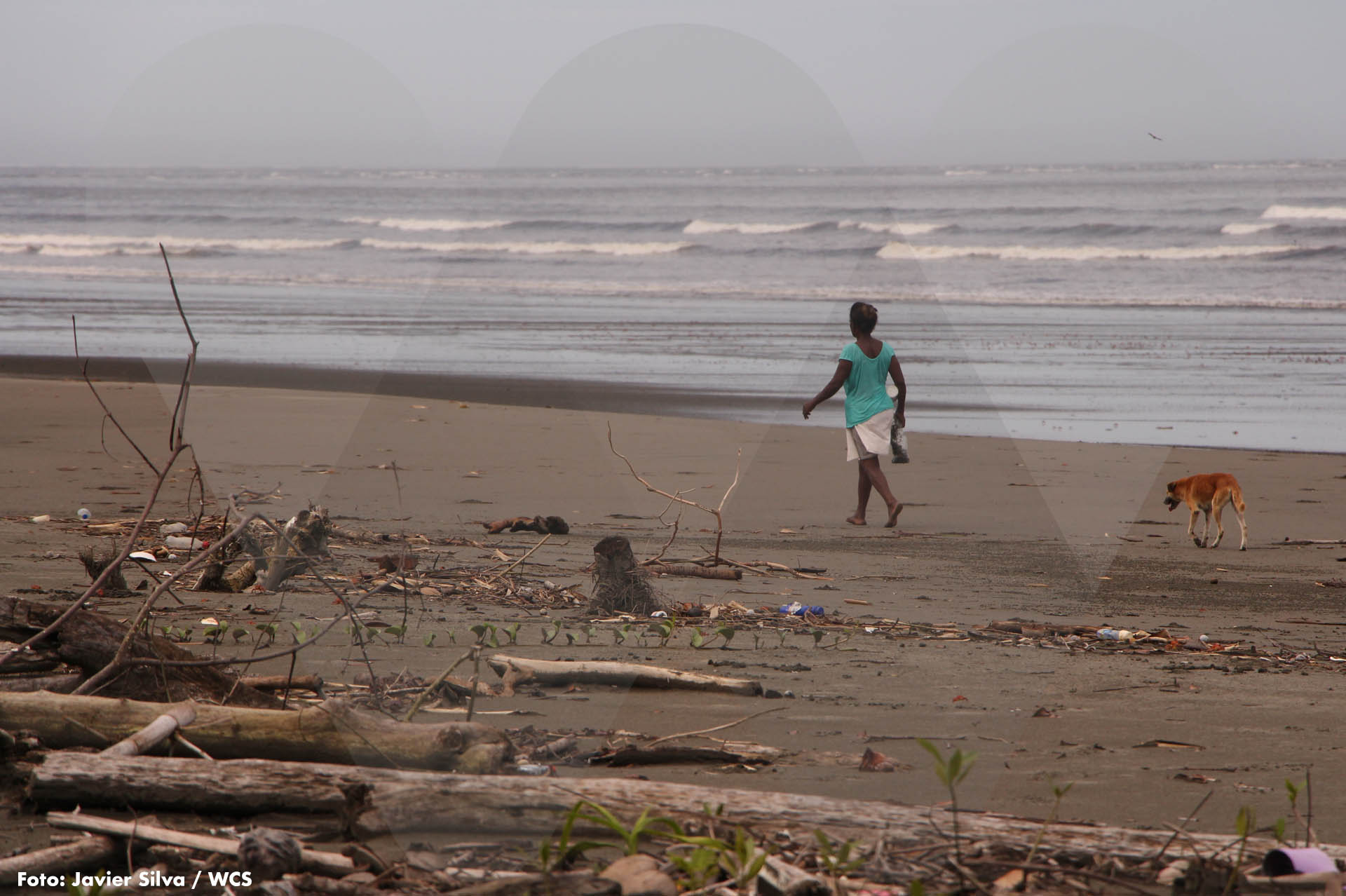 The beaches in this part of Chocó are seldom visited; only the local population enjoys their beauty. Boosting ecotourism will be one of the challenges for the protected area.
The beaches in this part of Chocó are seldom visited; only the local population enjoys their beauty. Boosting ecotourism will be one of the challenges for the protected area.
 Glass frogs are remarkable because they are translucent, allowing you to see all their organs in action. They are one of the biological treasures of the area, yet they are also heavily trafficked.
Glass frogs are remarkable because they are translucent, allowing you to see all their organs in action. They are one of the biological treasures of the area, yet they are also heavily trafficked.
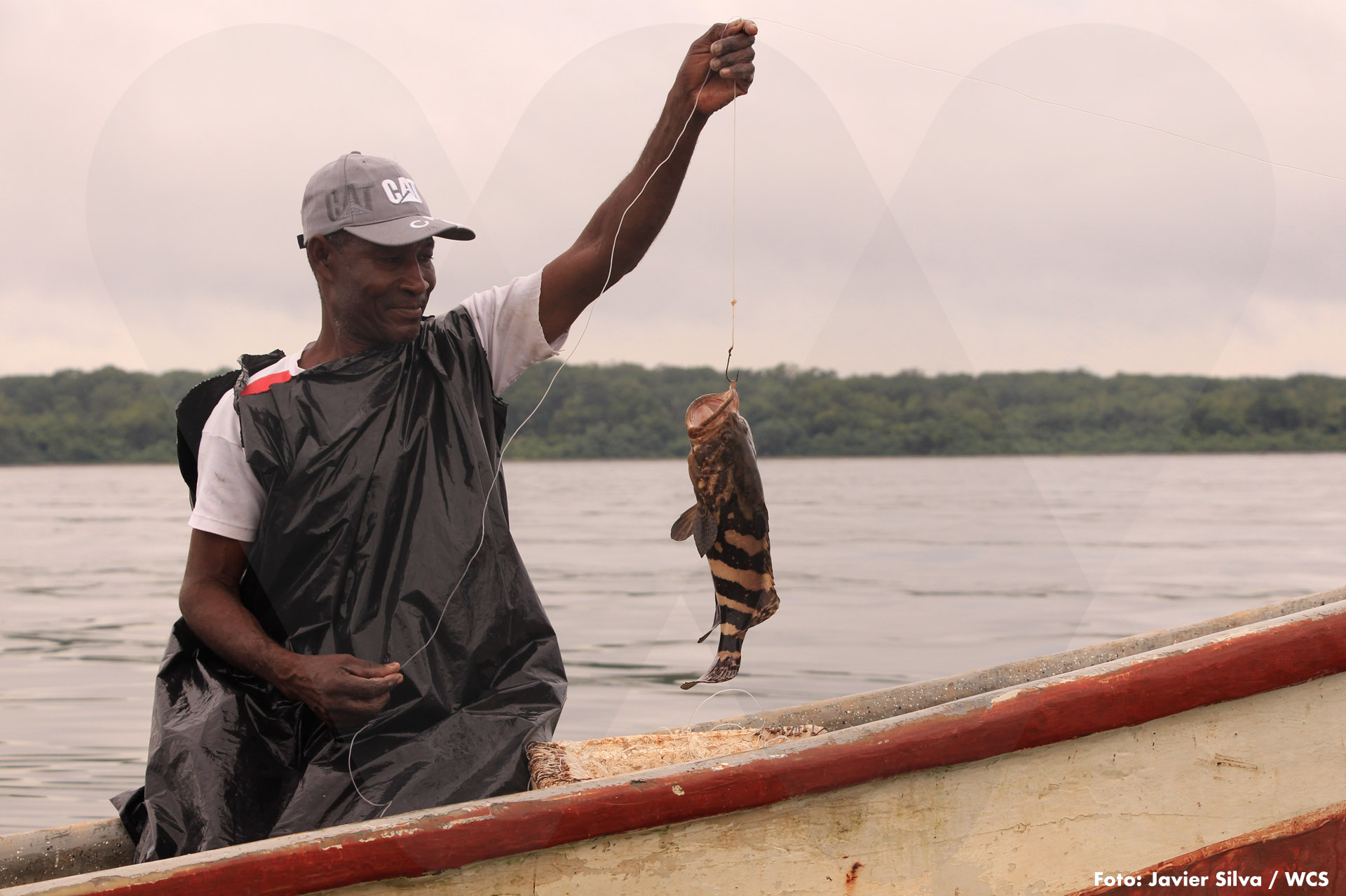 Fishing is the primary livelihood of the Pacific communities and, consequently, of this protected area. The sustainability of their future depends on effective monitoring and resource management.
Fishing is the primary livelihood of the Pacific communities and, consequently, of this protected area. The sustainability of their future depends on effective monitoring and resource management.
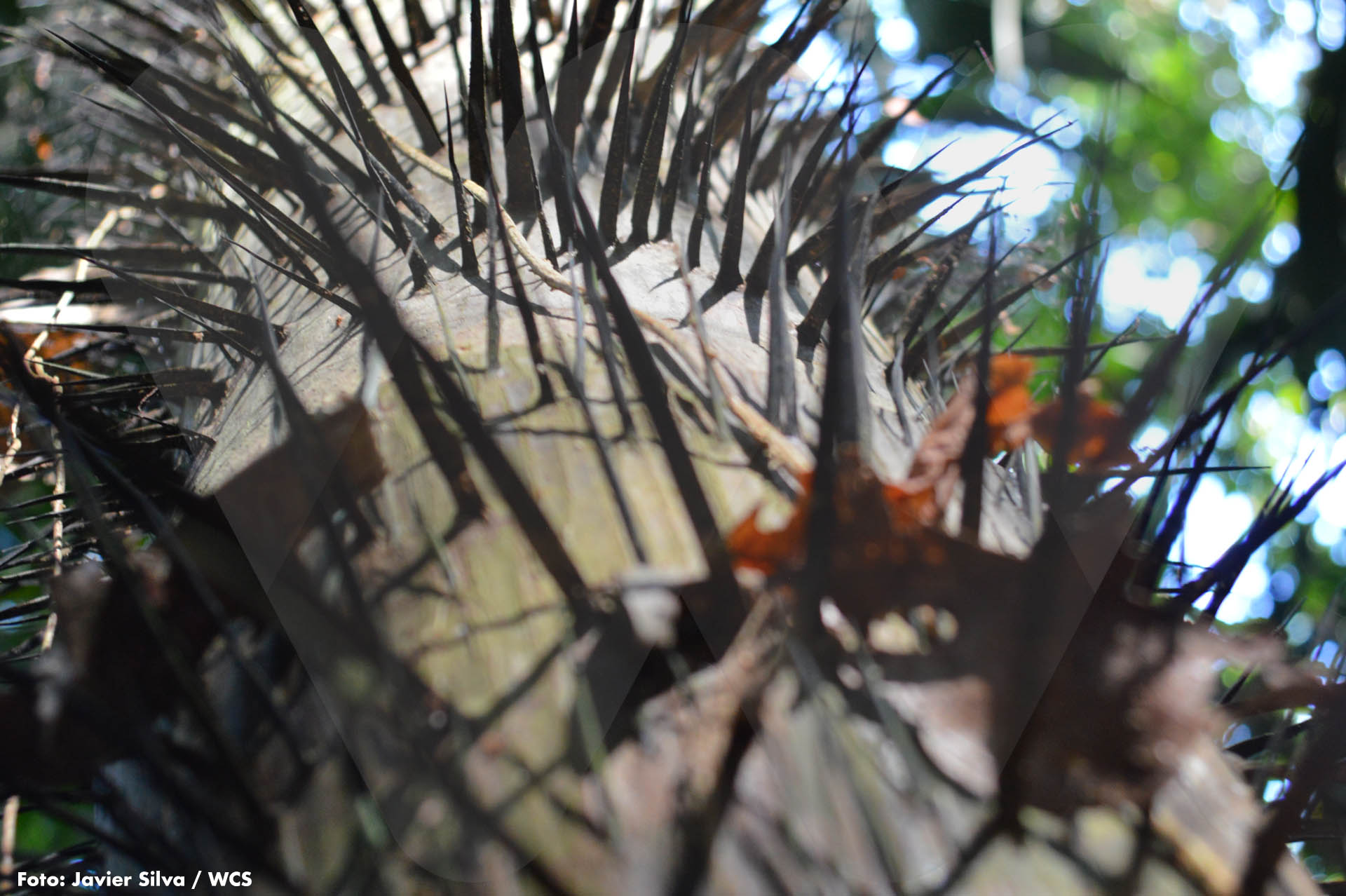 A tree with giant thorns stands out on one of the hikes through the tropical forest. It is located within an area where mangroves grow and sway with the tides.
A tree with giant thorns stands out on one of the hikes through the tropical forest. It is located within an area where mangroves grow and sway with the tides.
Traslated with AI support